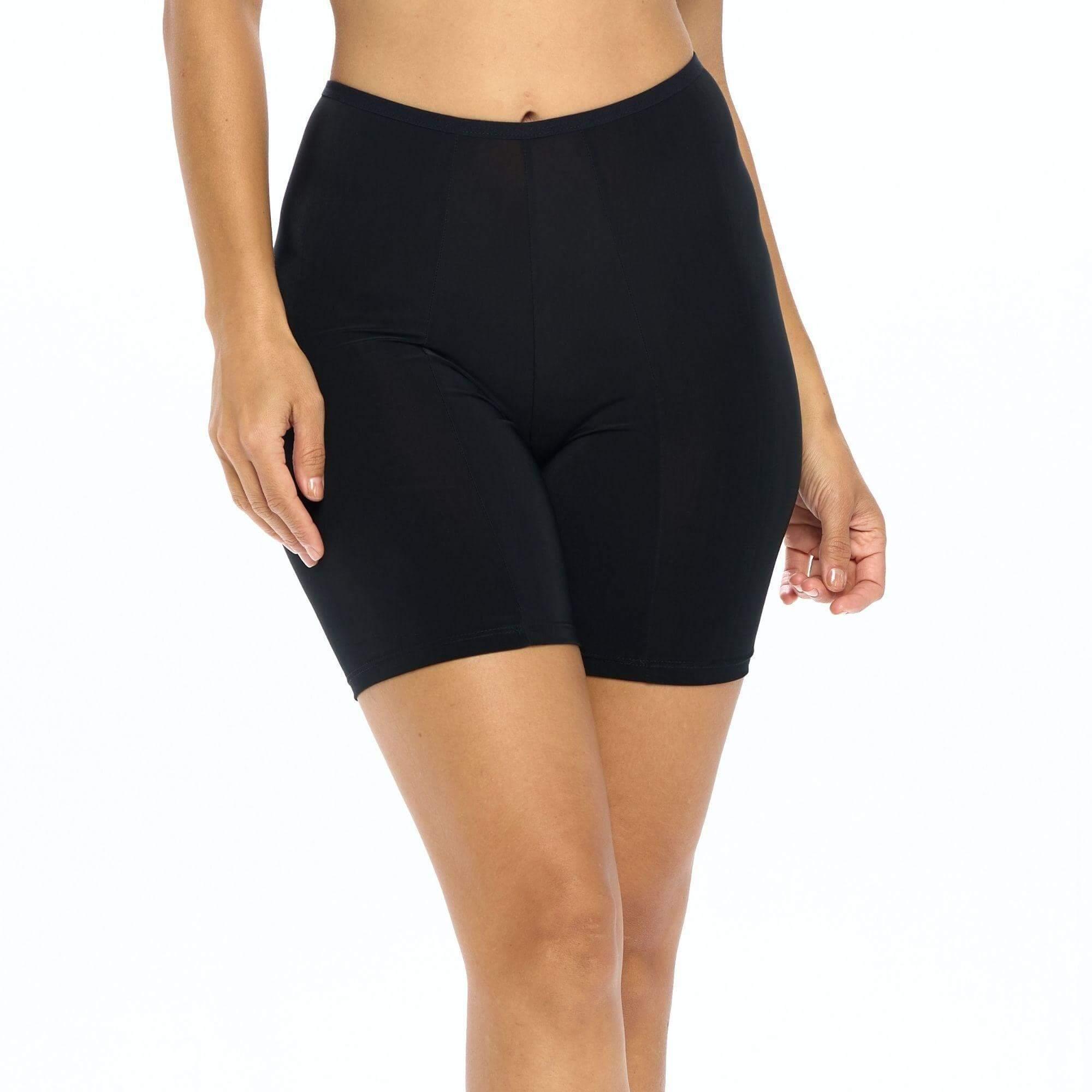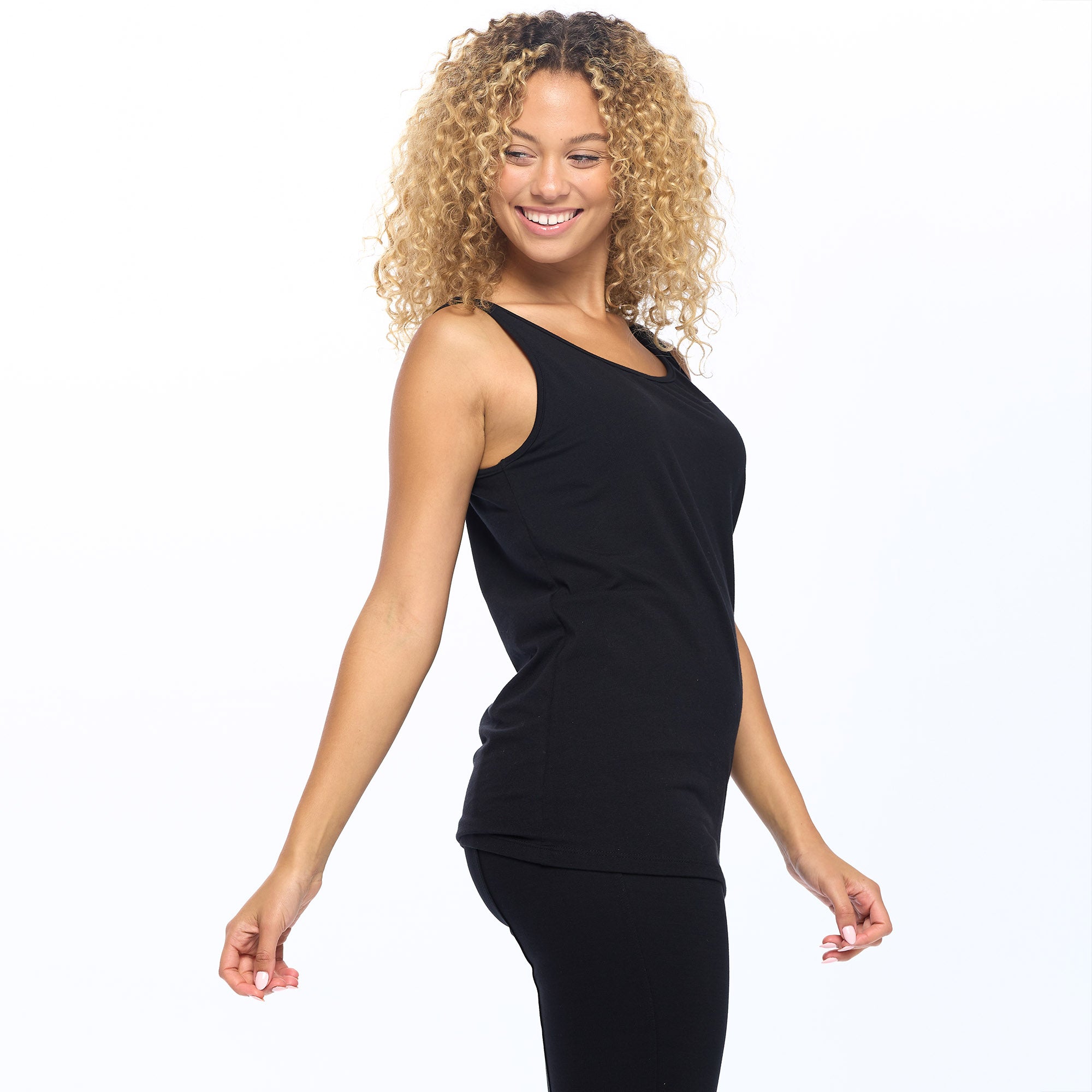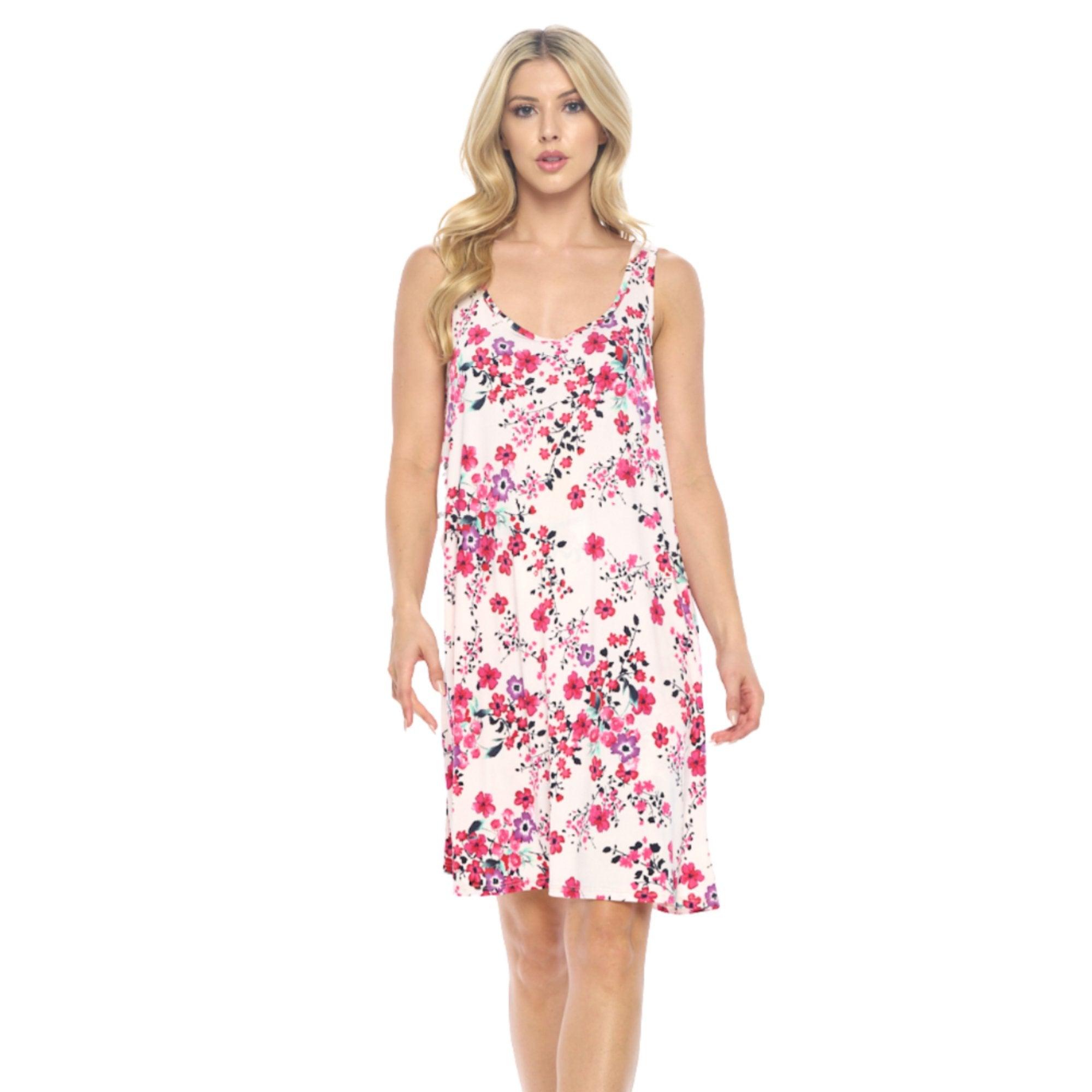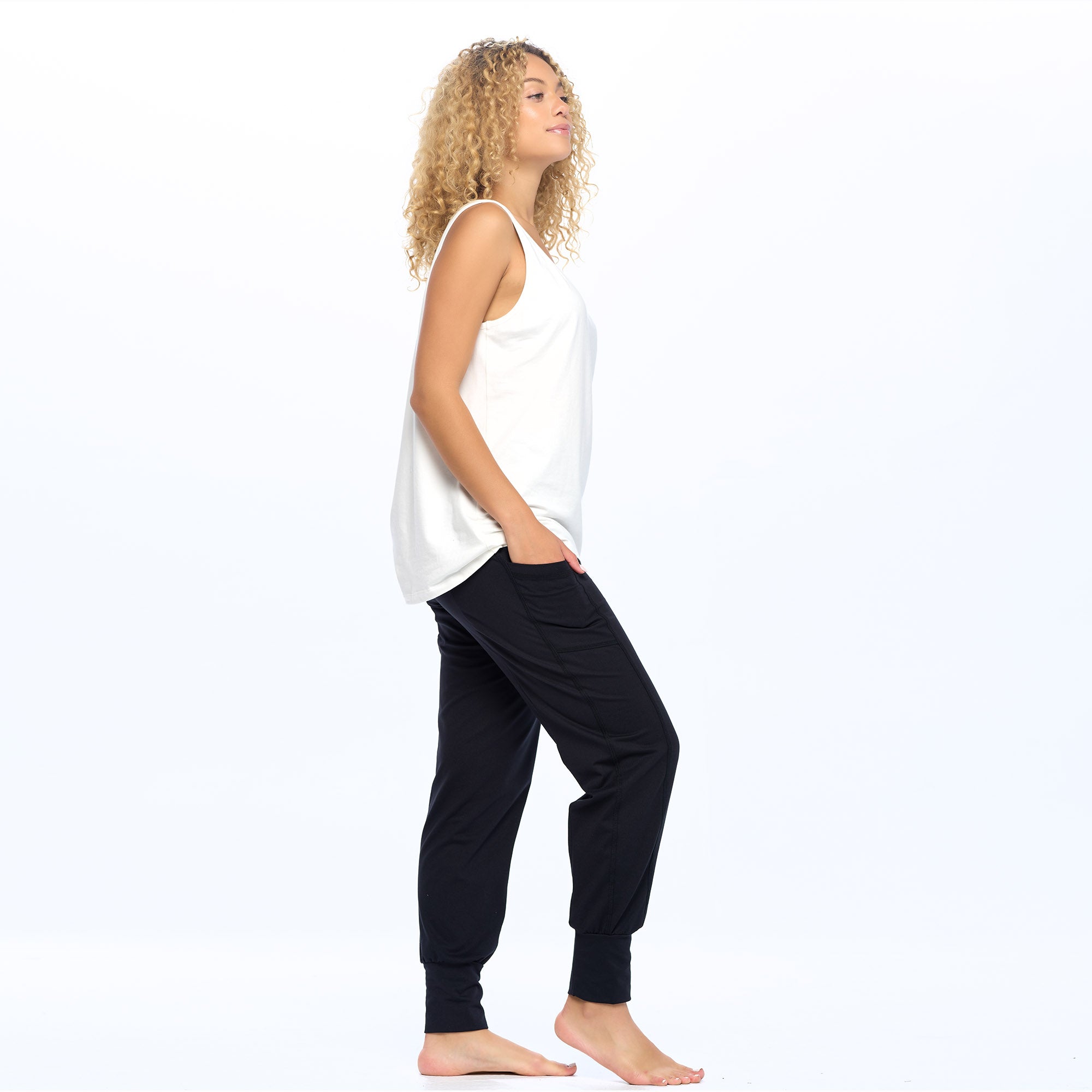Sports bras are an essential part of any active woman's wardrobe. Whether you're running, dancing, or doing yoga, you need a sports bra that fits well and provides adequate support. But just how tight should a sports bra be? In this article, we'll explore the ins and outs of sports bra sizing and fit to help you find the perfect bra for your needs.
Understanding Sports Bra Sizing
Before we can talk about how tight a sports bra should be, we need to understand how sports bra sizing works. Unlike regular bras, which are sized based on band and cup measurements, sports bras are typically sized by band size only. The idea is that a compressive sports bra will fit snugly around the torso, holding the breasts firmly against the chest wall.
But why is it important to wear a properly fitting sports bra? For one, it can prevent discomfort and pain during physical activity. A poorly fitting sports bra can cause chafing, digging straps, and even back pain. Additionally, a proper sports bra can minimize breast movement, which can help prevent sagging and damage to breast tissue over time.
Measuring Your Band Size
To find your band size, measure around the fullest part of your bust while wearing a non-padded bra. Make sure the measuring tape is level all the way around and snug but not tight. This measurement will give you your band size. It's important to note that sports bras tend to fit tighter than regular bras, so you may need to go up a band size for a more comfortable fit.
It's also worth considering the type of activity you'll be doing when choosing a band size. For high-impact activities such as running, you may want a tighter band to provide more support and minimize movement.
Measuring Your Cup Size
Unlike regular bras, sports bras don't typically have cup sizes. Instead, they are designed to compress the breasts against the chest wall, minimizing movement and providing support. However, if you're used to wearing bras with cup sizes, you may find it helpful to look for sports bras that have cup-like features such as molded cups or removable inserts.
It's also worth noting that some sports bras come in specific cup sizes, particularly those designed for low-impact activities such as yoga or Pilates. If you have a larger bust, you may want to look for a sports bra with a more structured design to provide additional support.
Sports Bra Size Charts and Conversions
When it comes to sports bra sizing, it's important to note that sizing can vary widely between different brands and styles. It's a good idea to consult size charts and conversion guides before making a purchase. Some brands offer specific sizing guides based on the type of activity you'll be doing.
It's also worth considering the materials used in the sports bra. Some materials, such as spandex or elastane, may provide more stretch and flexibility, while others, such as cotton, may offer more breathability and comfort.
Ultimately, finding the right sports bra comes down to personal preference and individual body shape. It may take some trial and error to find the perfect fit, but investing in a quality sports bra can make all the difference in your comfort and performance during physical activity.
Types of Sports Bras
When it comes to working out, having the right gear is essential, especially when it comes to sports bras. There are several different types of sports bras available, each with its level of support and compression. Here are some of the most common types:
Compression Sports Bras
Compression sports bras are designed to compress the breasts against the chest wall, minimizing movement and providing support. These bras work by holding the breasts in place rather than encapsulating them. Compression bras are best for low to medium-intensity activities such as yoga, walking, or cycling.
Compression sports bras are a popular choice for many women because they are comfortable and easy to wear. They are also great for women with smaller busts who don't need as much support during their workouts.
Encapsulation Sports Bras
Encapsulation sports bras have separate cups that help to support each breast individually. These bras are great for high-intensity activities such as running or jumping. If you have a larger bust, an encapsulation sports bra may be a better choice for you than a compression bra.
Encapsulation sports bras are designed to provide more support than compression bras, making them a popular choice for women with larger busts. They also help to prevent the "uni-boob" look that can happen with compression bras.
Combination Sports Bras
Combination sports bras provide both compression and encapsulation, offering the highest level of support for high-impact activities. These bras are typically more expensive than other types of sports bras, but they are worth the investment if you're doing high-intensity activities regularly.
Combination sports bras are a great choice for women who need maximum support during their workouts. They are also a good option for women with larger busts who want the benefits of both compression and encapsulation.
No matter what type of sports bra you choose, it's important to make sure it fits properly. A properly fitting sports bra will help to prevent discomfort and injury during your workouts. So, take the time to find the right sports bra for you and your workout routine.
 The Importance of a Properly Fitted Sports Bra
The Importance of a Properly Fitted Sports Bra
A properly fitted sports bra is essential for comfort and performance during exercise. Here are a few reasons why:
Reducing Breast Movement and Discomfort
A well-fitted sports bra will help to minimize breast movement during exercise, which can reduce discomfort and even prevent damage to breast tissue over time. This is especially important for women who engage in high-impact activities such as running, jumping, or plyometrics. Without proper support, breasts can move up to 8 inches during exercise, causing discomfort and even pain. A sports bra with a compression design can help to keep breasts in place, reducing movement and discomfort.
Preventing Chafing and Skin Irritation
A sports bra that fits too loosely can rub against the skin, causing chafing and irritation. On the other hand, a sports bra that is too tight can cause discomfort and even pain. It's important to find a sports bra with the right level of compression and support for your body type and activity level. Look for bras with smooth, moisture-wicking fabric and flat seams to minimize chafing and irritation.
Providing Adequate Support for Your Activity Level
The right sports bra can help you feel more comfortable and confident during exercise, allowing you to focus on your workout rather than your discomfort. Different activities require different levels of support, so it's important to choose a sports bra that is appropriate for your activity level. For low-impact activities such as yoga or walking, a sports bra with light support may be sufficient. For high-impact activities such as running or aerobics, a sports bra with maximum support and compression is recommended.
When shopping for a sports bra, it's important to try on several different styles and sizes to find the best fit for your body. Look for bras with adjustable straps and bands to ensure a snug, comfortable fit. A properly fitted sports bra should feel snug but not constricting, with no gaps or bulges.
Signs of a Poorly Fitted Sports Bra
Wearing a sports bra that fits properly is crucial for any woman who exercises regularly. Not only does it provide support and comfort, but it can also prevent injury and long-term damage to breast tissue. Here are a few signs that your sports bra may not be fitting properly:
Uncomfortable Tightness or Difficulty Breathing
One of the most obvious signs that your sports bra may not be fitting properly is if it feels too tight around the band or straps. While a sports bra needs to be snug, it shouldn't be so tight that it's cutting off circulation or restricting your breathing. If you experience discomfort or even dizziness or lightheadedness during exercise, it may be time to invest in a new sports bra with a better fit.
It's important to note that a sports bra that is too tight can also cause chafing and skin irritation, which can be painful and take time to heal.
Gaps or Wrinkles in the Fabric
If you notice gaps or wrinkles in the fabric of your sports bra, it may be too loose and not provide enough support. This can lead to discomfort and even injury during high-impact activities, such as running or jumping. A sports bra that is too loose can also cause your breasts to bounce, which can be painful and lead to long-term damage to breast tissue.
When trying on a sports bra, make sure to jump up and down or do some other form of high-impact activity to test its support level. If you notice any movement or bouncing, it's time to try a different size or style.
Straps Digging into Your Shoulders or Slipping Off
If your sports bra straps are digging into your shoulders or slipping off, it may be a sign that your bra is not fitting properly. This can lead to discomfort and even injury during exercise, as well as long-term damage to your shoulders and back.
When trying on a sports bra, make sure to adjust the straps to ensure a comfortable fit. The straps should be snug but not too tight, and they should not dig into your shoulders or slip off during exercise. If you find that you're constantly adjusting your straps, it may be time to try a different size or style.
Remember, a well-fitted sports bra is an investment in your health and comfort during exercise. Take the time to find a bra that fits properly and provides the support you need to stay active and healthy.
In Conclusion
When it comes to finding the perfect sports bra, it's important to take the time to find the right fit. A well-fitted sports bra can help to minimize discomfort and even prevent injury during exercise. By understanding sports bra sizing and the different types of sports bras available, you can find the right bra for your needs and enjoy a comfortable, supported workout.









